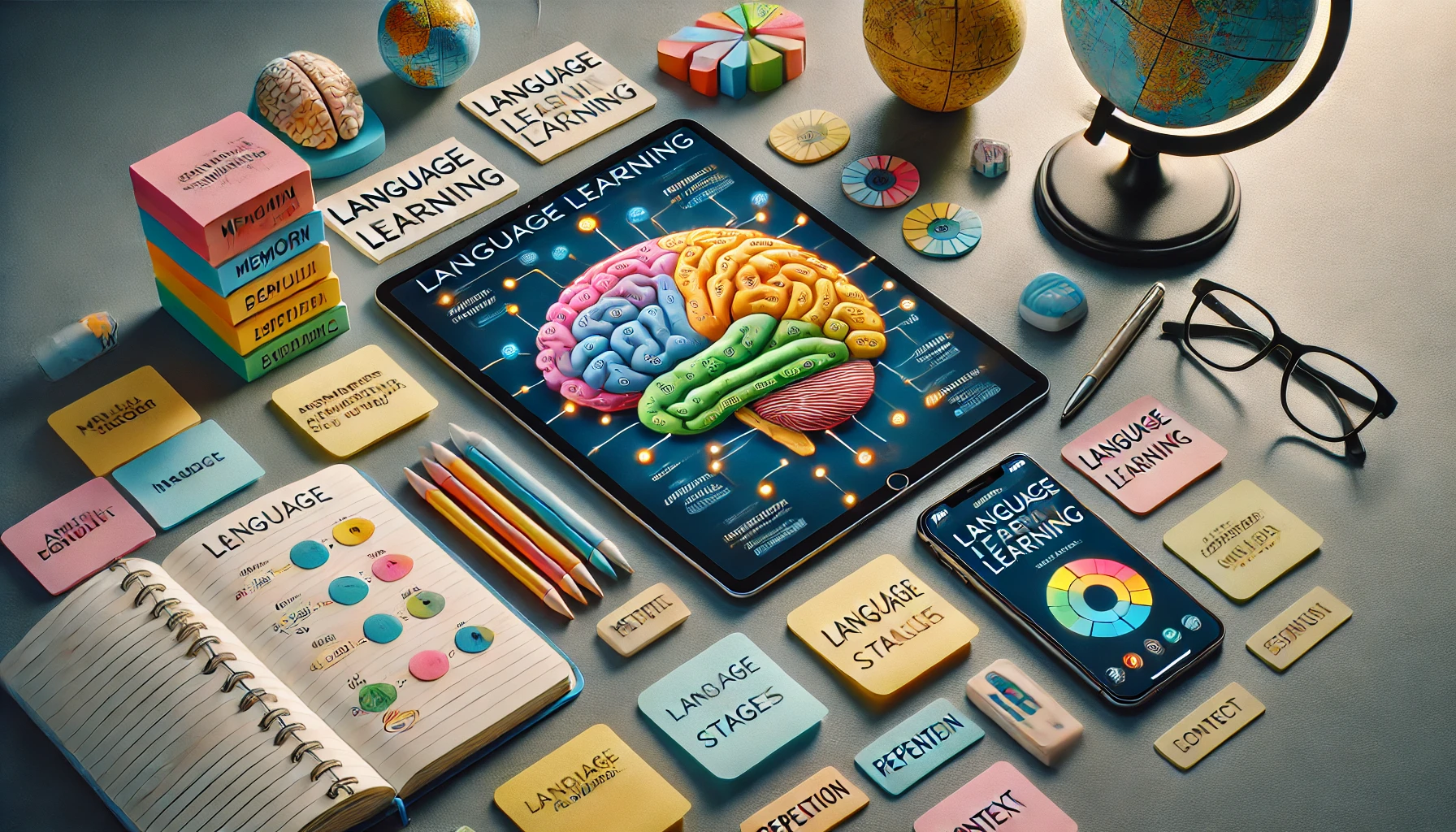Table of Contents
1. Introduction
Language and culture are deeply intertwined, with language serving as a primary means of expressing and transmitting cultural values and norms. When learning a new language, understanding the cultural context in which it operates is essential. This article explores the impact of culture on language learning and how incorporating cultural elements can enhance language acquisition.
2. Cultural Context in Language
Culture influences every aspect of language, from vocabulary and grammar to expressions and idioms. For example, languages in collectivist cultures, like Japanese, may emphasize politeness and group harmony, affecting the language’s structure and usage. On the other hand, languages from individualistic cultures, like American English, may prioritize directness and self-expression.
Understanding the cultural context helps learners grasp not only what to say but how to say it appropriately. Learning about a culture’s values, history, and social norms provides insight into why certain phrases or expressions are used, enhancing comprehension and fluency.
Examples and Practical Applications
For example, in Japanese, levels of politeness are crucial, and learners must choose words based on the social hierarchy. In contrast, English may rely more on word emphasis and tone for expressing formality. Recognizing these cultural distinctions enables language learners to communicate effectively and appropriately in various social contexts.
3. Impact of Culture on Language Structures
The structure of a language often reflects cultural attitudes and beliefs. For instance, the gendered language structures in languages like French and Spanish can offer insights into cultural perspectives on gender. Additionally, sentence structures, such as subject-verb-object arrangements, may vary and reflect cognitive patterns shaped by culture.
As learners understand these linguistic structures and their cultural roots, they develop a deeper appreciation of the language. This understanding enables them to avoid misinterpretations and better engage with native speakers on a cultural level.
4. Learning Cultural Nuances for Fluency
Achieving fluency involves more than mastering grammar and vocabulary. Cultural nuances, such as idioms, humor, and body language, are integral to effective communication. For example, humor in British English often relies on irony and understatement, which may be misunderstood without cultural context.
Language learners benefit from immersing themselves in cultural materials, such as films, books, and conversations with native speakers. These resources expose learners to cultural nuances and help them practice using language in culturally appropriate ways.
Practical Tips for Learning Cultural Nuances
- Watch movies or TV shows from the target culture to observe language use in context.
- Read books or articles that include colloquial expressions and cultural references.
- Engage in conversations with native speakers to practice and refine cultural understanding.
5. Role of Cultural Immersion in Language Acquisition
Cultural immersion is one of the most effective ways to learn a language. By experiencing the culture firsthand, learners encounter authentic language use and pick up on cultural subtleties that are difficult to teach in a traditional classroom setting.
Whether through study abroad programs, travel, or connecting with a community of native speakers, immersion accelerates language learning by placing learners in real-life situations where they must use the language meaningfully and contextually.
6. Challenges and Solutions
Learning a language within its cultural context can be challenging. Misunderstandings, cultural faux pas, and confusion around social norms may arise. However, these challenges also provide valuable learning opportunities.
Overcoming Common Challenges
- Misinterpretations: Spend time studying cultural customs and etiquette to reduce misunderstandings.
- Language barriers: Use translation tools cautiously, focusing on cultural and contextual meanings rather than literal translations.
- Cultural faux pas: Accept mistakes as part of the learning process and use them to deepen cultural awareness.
7. Conclusion
The relationship between language and culture is profound, and learning a language effectively requires understanding its cultural backdrop. By embracing cultural contexts, linguistic structures, and nuances, learners gain a more comprehensive understanding of the language. Incorporating cultural immersion, whether through real-life experiences or media, enriches the learning journey and brings learners closer to fluency.
Language learning is not just about words; it’s about connecting with people and perspectives that shape those words. Understanding culture not only makes language learning more effective but also more meaningful, creating bridges between people and societies. Embrace the culture, and let it guide you toward language mastery.




